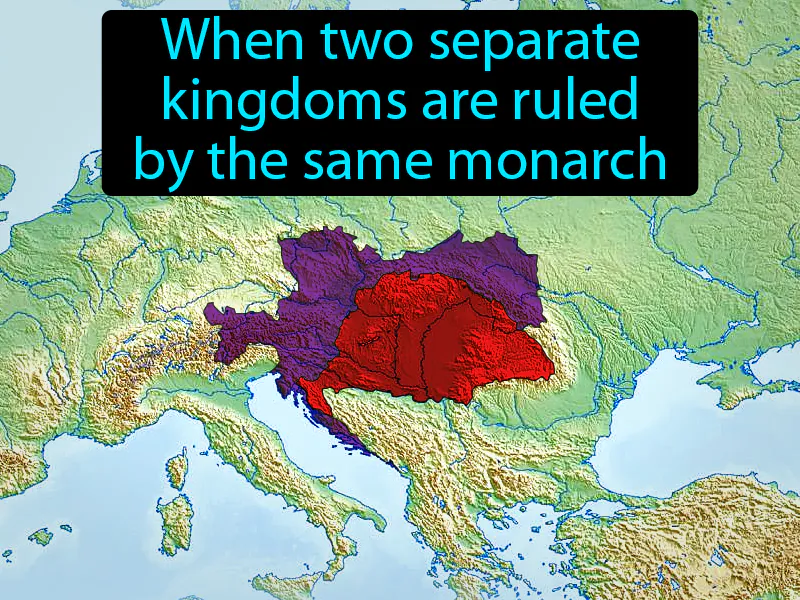Dual Monarchy
Dual Monarchy: Easy to understand
The concept of Dual Monarchy was exemplified by the Austro-Hungarian Empire from 1867 to 1918, where Austria and Hungary were ruled by the same emperor but maintained separate governments. This arrangement responded to rising nationalism and ethnic tensions within the empire, aiming to provide more autonomy to Hungary while keeping the empire intact. It was important because it attempted to balance power and satisfy diverse national groups under one rule, preventing the empire's complete dissolution. Today, the idea of shared governance can be seen in places like the European Union, where member countries maintain sovereignty but cooperate on common issues. This concept matters because it shows how different regions or nations can collaborate while retaining their identities, which is similar to how teamwork in a school or community group requires balancing individual interests with group goals.

Practice Version

Dual Monarchy: When two separate kingdoms are ruled by the same monarch. Dual Monarchy. It is when one ruler governs two distinct nations under the same crown, like Austria-Hungary in the late 19th and early 20th centuries.